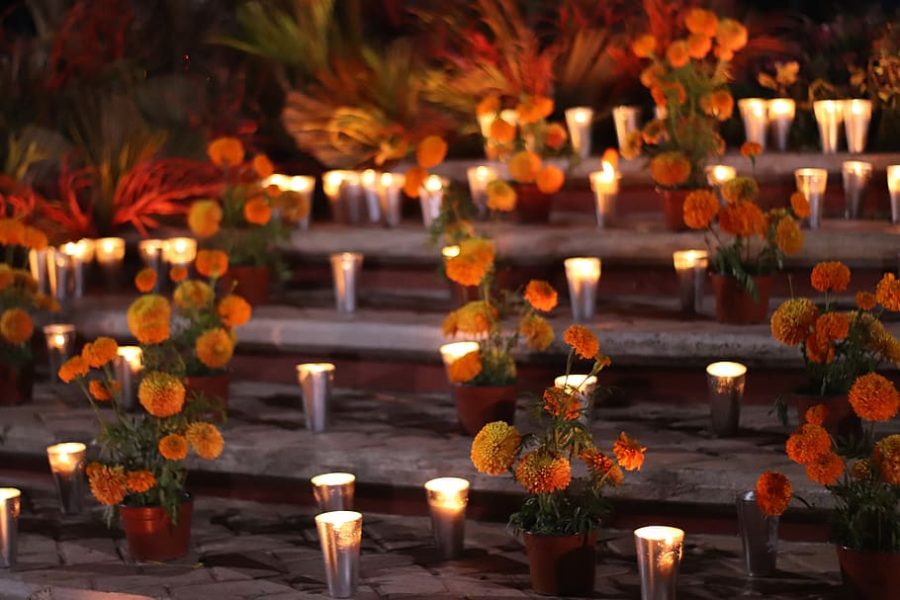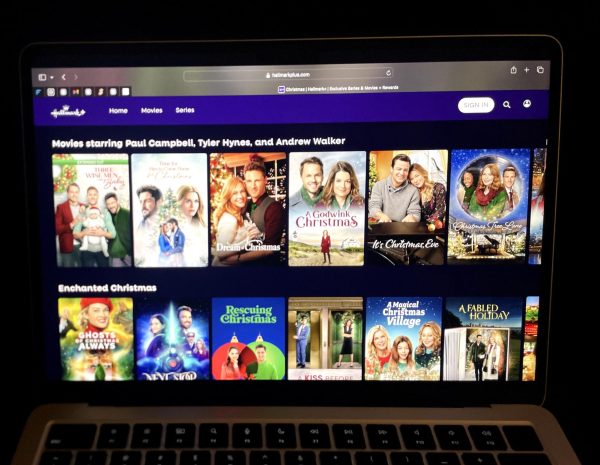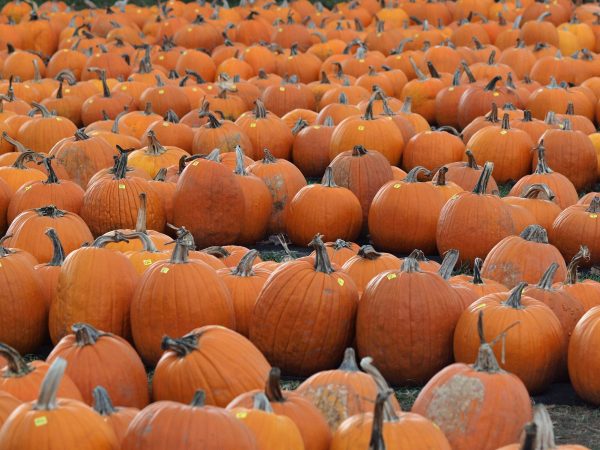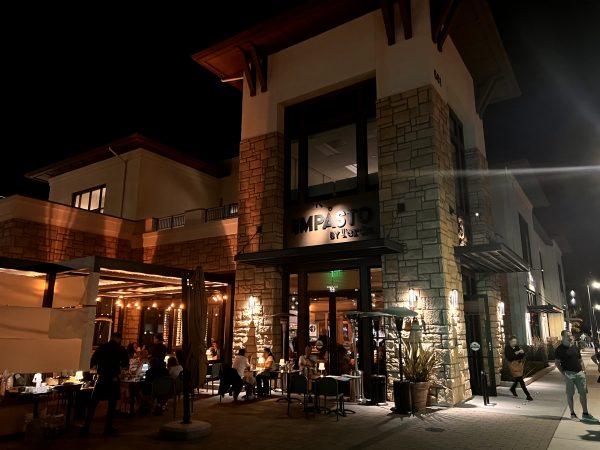Día de los Muertos
Day of the Dead, or Día de los Muertos, takes place from November 1 to November 2. The Mexican holiday characterized by colorful festivities is a time to reflect on life and afterlife. Though the theme is death, the purpose is to spread love and appreciation for the deceased and pay tribute to the contributions they left with the world.
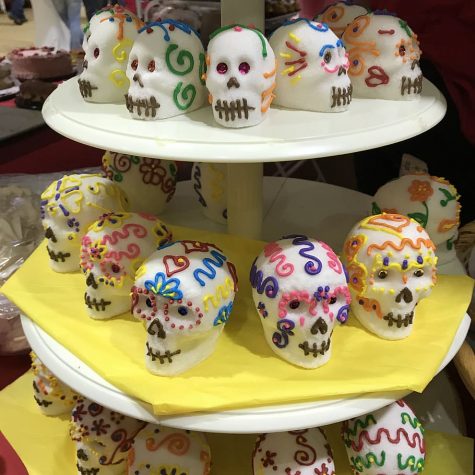
In preparation for the holiday, people prepare festive decorations, spirited food and drink,
commemorative photographs of the deceased, symbolic candles, and thoughtful memorabilia. One of the most important parts is an Ofrenda, or offering, which is placed on an altar that commemorates loved ones go
ne. Many are also familiar with the famous sugar skulls, signature orange flowers, and the cut paper decor called papel picado.
Though the holiday is often referred to as “Mexican Halloween,” this is actually not an accurate comparison.
“It is important to understand that in many ways the holidays are polar opposites, and ‘combining’ them into one category is extremely insulting to the Hispanic community,” said Anna Gavidia, NDB Spanish teacher. “That is not to say that some people don’t get sentimental and sad, but the overall message of the time is to acknowledge the lives of the dead and how they touched ours. It is not about being scared of death or evil which is what Halloween represents.”
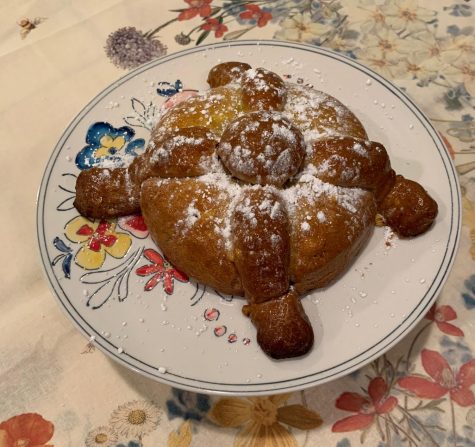
Although several of the normal NDB traditions for this holiday cannot take place due to the pandemic, Spanish students will still be taking part in an array of traditional activities.
“Our students will explore the many symbols of the day, especially the Ofrendas (Altars), and will engage in more creative activities tailored for each class level,” Gavidia explained.
Most of the classes this year had the project of baking “Pan de Muertos,” a special type of pan dulce, or sweet bread, that is crafted to represent and pay tribute to the deceased.
“In our curriculum, el Día de los Muertos is an intrinsic cultural anchor for the students to not only learn about the many cultural differences that there are between the United States and México, but also the many differences there are between the Latin American countries as well, ” said Gavidia.
Students had the chance to take this holiday into their own homes and share it with their families this year. Although it is not the same as the annual hand crafted Ofrenda and communal activities, NDB’s Spanish teachers made sure to not let Día de los Muertos go uncelebrated.
Beyond the NDB community, Día de los Muertos is a great time to embrace Mexican and Latinx culture in the U.S. and it can teach valuable lessons to people of all backgrounds.

Victoria Bartels is a senior at Notre Dame Belmont and has been a staff writer since 2018. Victoria is an avid reader and writer outside of her 3 school...

